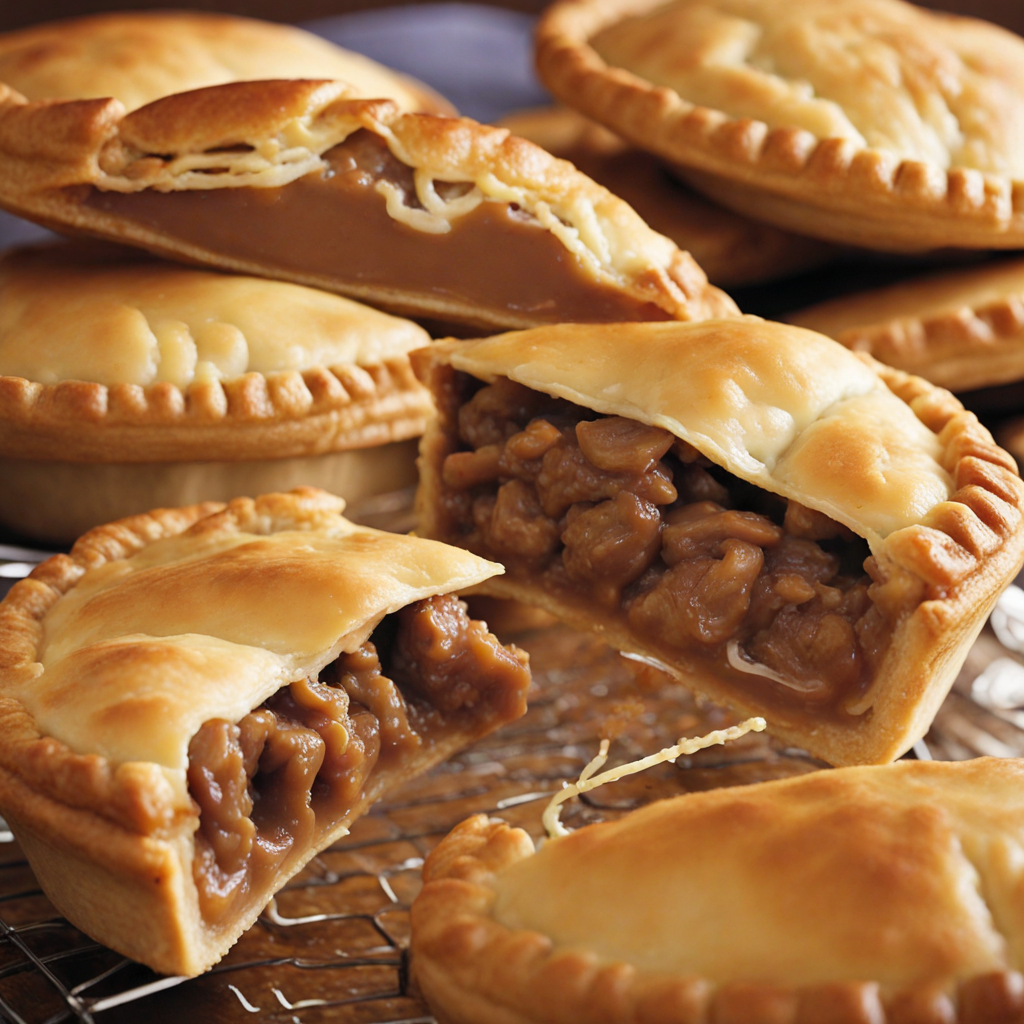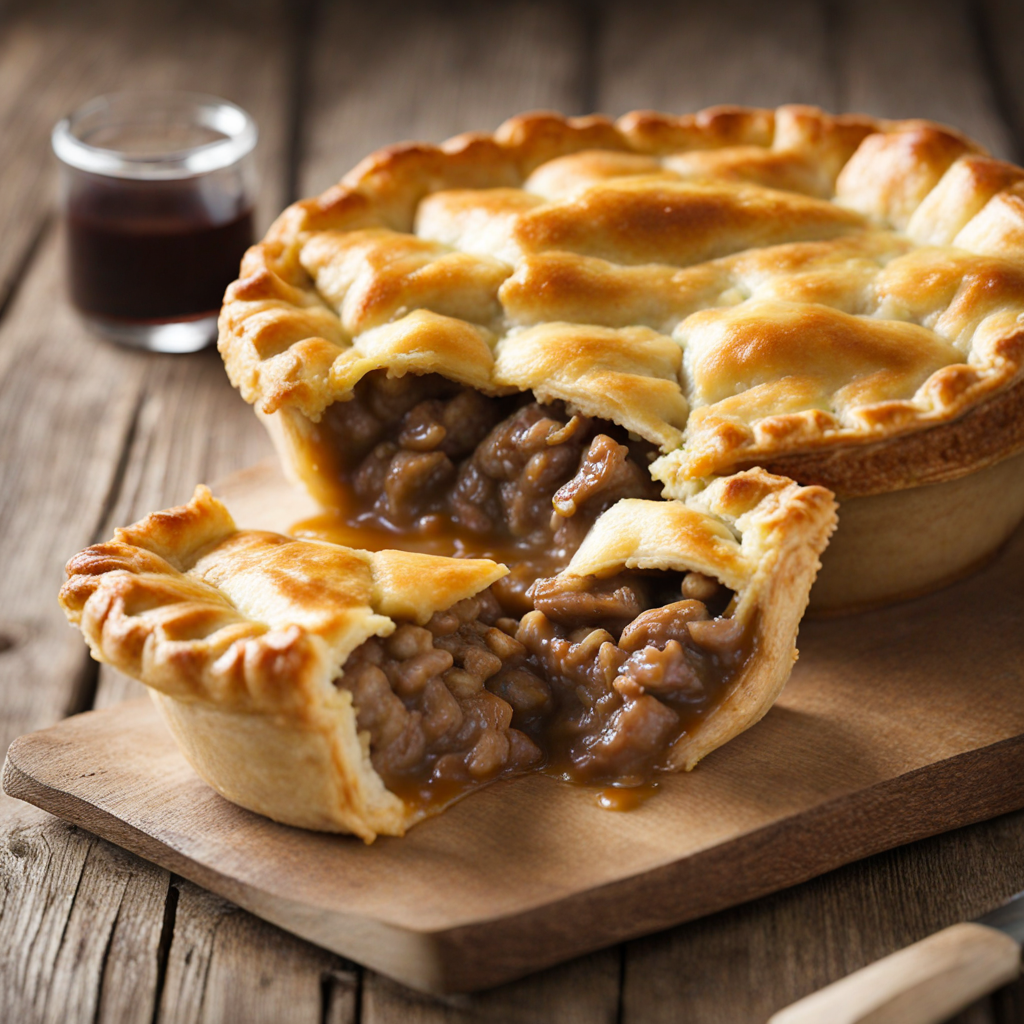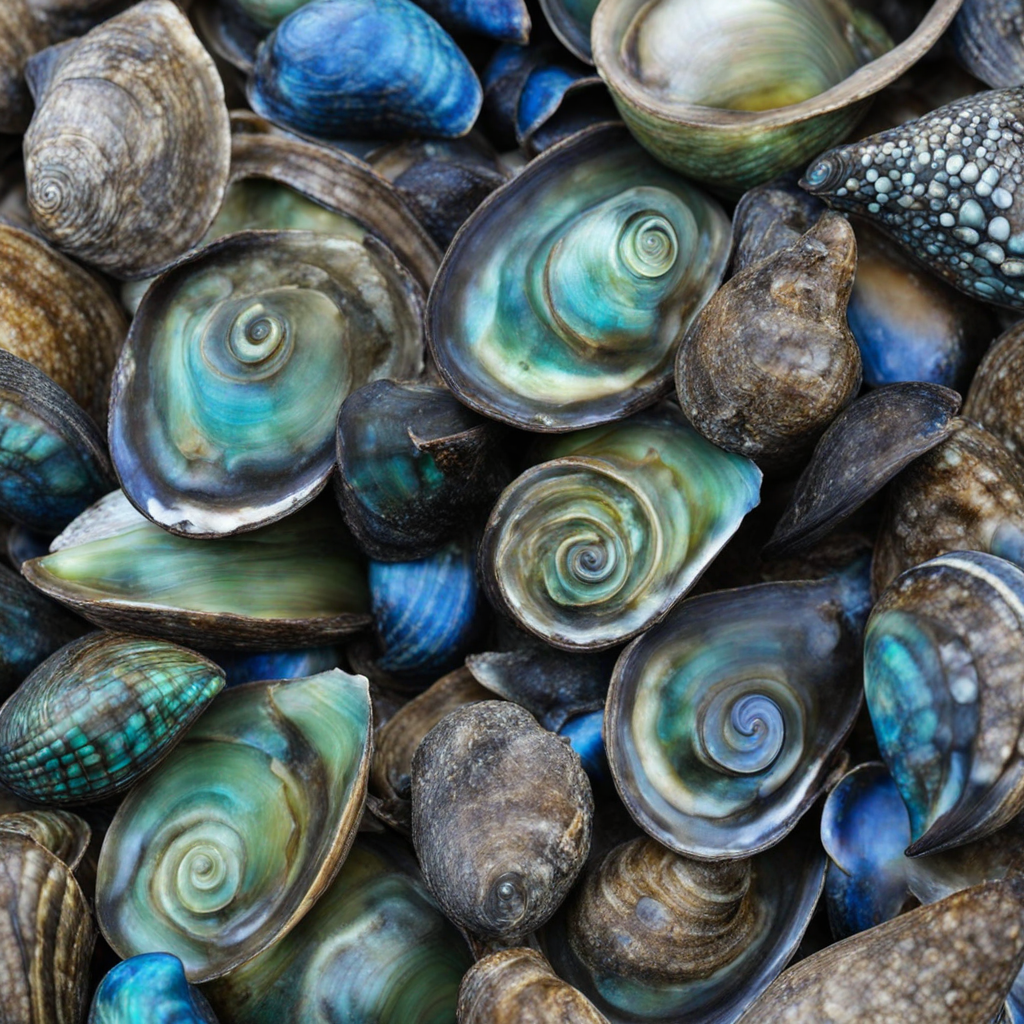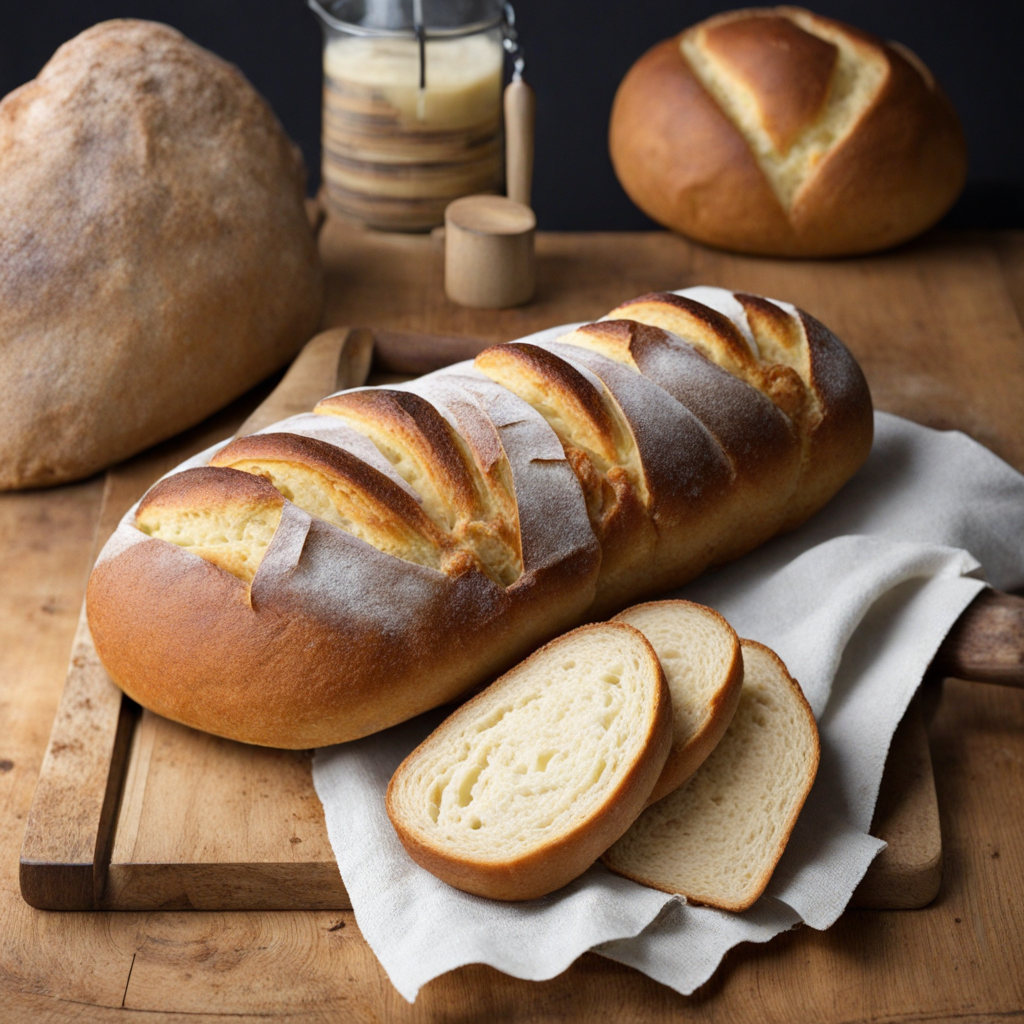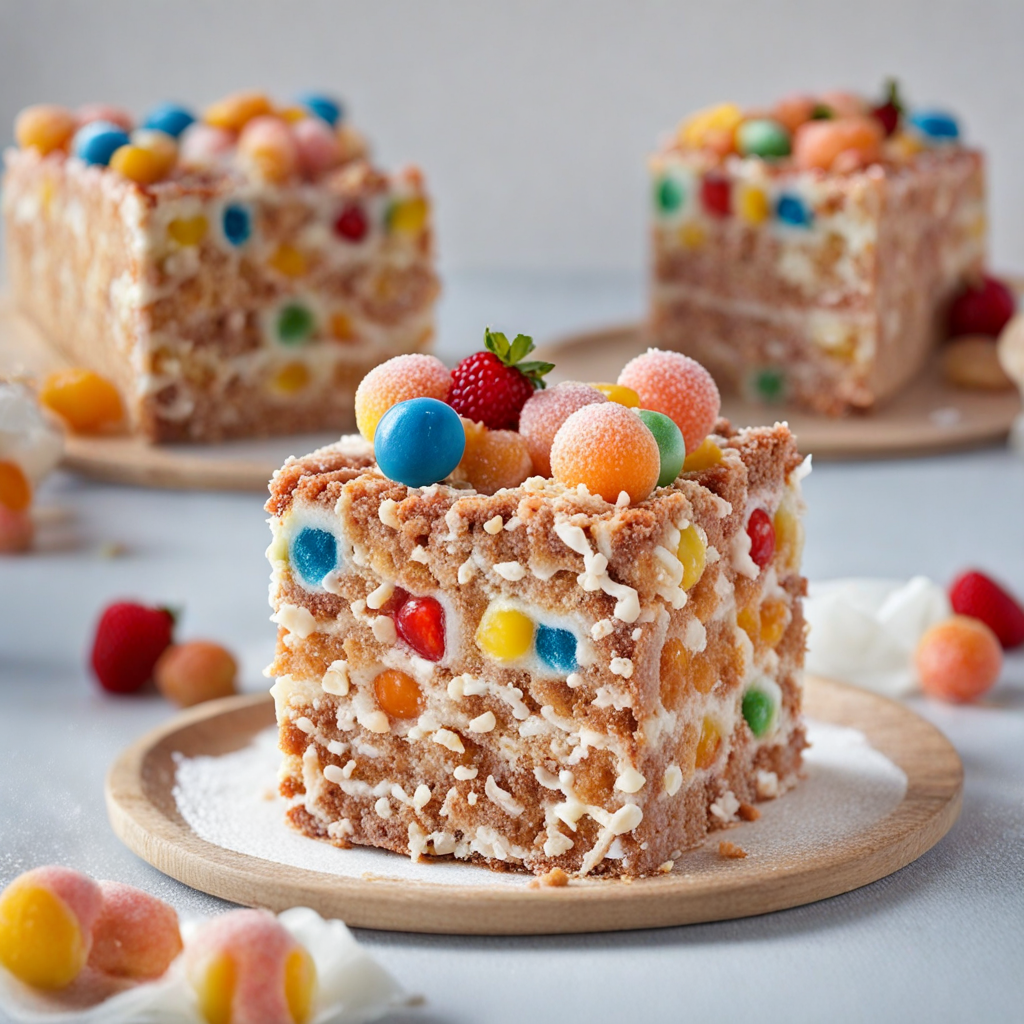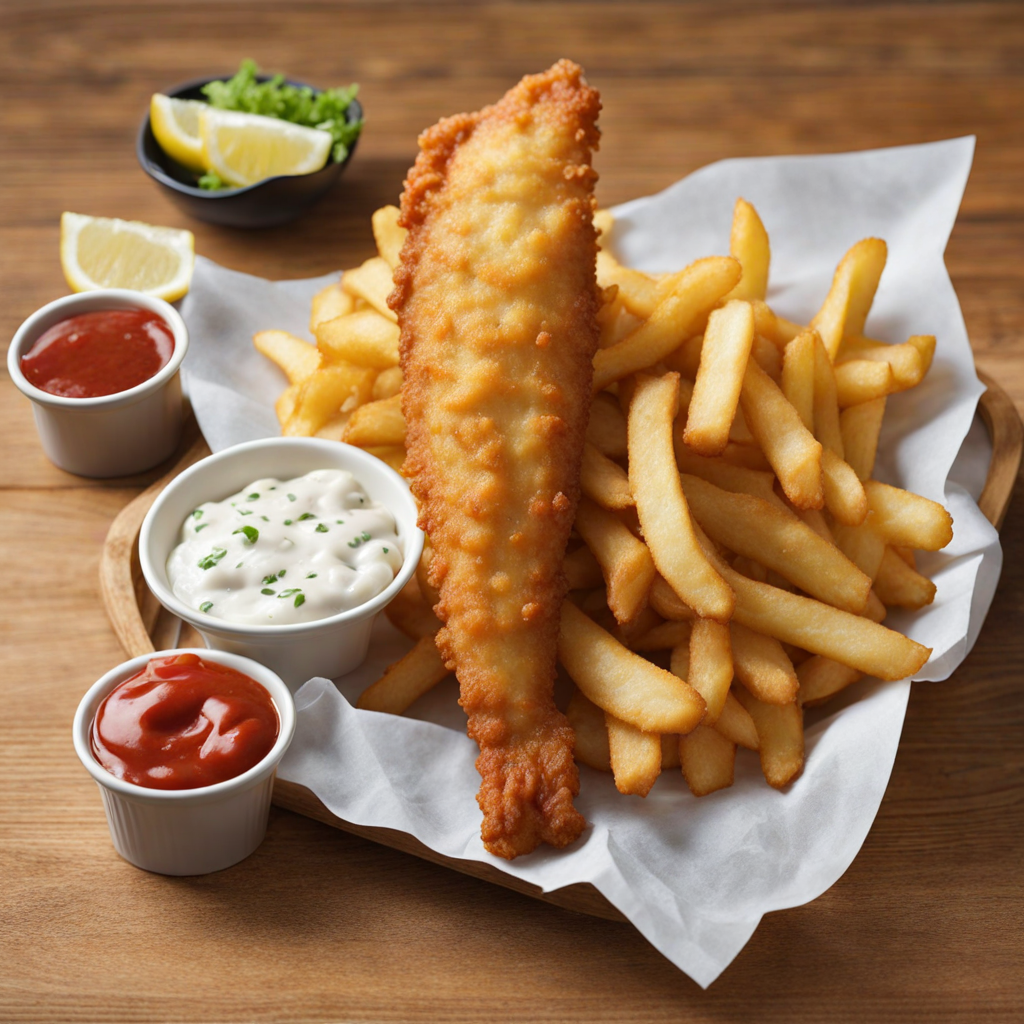Meat Pie
Meat pie is a beloved staple in New Zealand cuisine, showcasing a delightful combination of flaky pastry and savory fillings. The crust is typically made from a rich, buttery dough that is both crispy and tender, encasing a hearty mixture of meat and gravy. Most commonly, the filling features tender chunks of beef or lamb, though variations may include minced meat, chicken, or even game, all simmered to perfection with a medley of vegetables and aromatic herbs, creating a comforting, robust flavor profile that is sure to satisfy. The unique aspect of New Zealand meat pies lies in the way they are served and enjoyed. Often found at bakeries, food trucks, and even gas stations, these pies are a popular grab-and-go snack, perfect for fueling up during outdoor adventures or casual gatherings. They can be enjoyed hot or cold, but many locals swear by eating them fresh out of the oven, with the steam rising and the rich aroma wafting through the air. Paired with a dollop of tomato sauce or even a splash of chili sauce, the experience becomes even more tantalizing as the flavors meld together. In addition to the traditional meat pie, New Zealand boasts a variety of gourmet options, including those filled with gourmet cheeses, mushrooms, or even seafood. This versatility allows for an exciting culinary journey as you explore different fillings and toppings that reflect the diverse ingredients available in the region. Whether you’re indulging in a classic meat pie or experimenting with a modern twist, each bite offers a taste of New Zealand’s culinary heritage, making it a must-try for anyone eager to discover new flavors.
How It Became This Dish
The History of Meat Pie in New Zealand: A Culinary Icon #### Origins and Early Beginnings The meat pie, a staple of New Zealand’s culinary landscape, has roots that intertwine with both British and Maori influences, illustrating a fascinating fusion of cultures. The origins of the meat pie can be traced back to ancient civilizations; the Greeks and Romans created early versions of meat encased in pastry. However, it was the British who truly popularized the meat pie in the 18th and 19th centuries, as they began to experiment with various fillings and pastries. Traditional British pies often featured hearty fillings such as beef, lamb, or game, enveloped in rich, flaky crusts. When British settlers arrived in New Zealand in the early 19th century, they brought with them their culinary traditions, including the beloved meat pie. The first commercial production of meat pies in New Zealand can be traced back to the 1850s, when settlers began to establish bakeries. These bakeries produced pies as a convenient and nutritious option for the labor-intensive lives of settlers, providing a portable meal that could be easily consumed during long days of work. #### Cultural Significance The meat pie quickly became more than just a meal; it morphed into a symbol of comfort and community. Its significance in New Zealand culture is palpable, from its presence at family gatherings to its role in sporting events. Indeed, the meat pie is often regarded as the quintessential Kiwi food, embodying the spirit of New Zealand’s working-class heritage. In the 20th century, the meat pie cemented its status as a national dish. Bakeries across the country began to offer their unique takes on the classic recipe. This led to a variety of regional interpretations, with different fillings and pastry styles emerging, reflecting local tastes and ingredients. The meat pie became a beloved snack at rugby games, where fans would indulge in a pie while cheering for their teams. This connection to sports further entrenched the meat pie in New Zealand’s national identity. #### The Evolution of the Meat Pie As New Zealand progressed through the 20th century, the meat pie continued to evolve. The post-World War II era saw a shift in the way food was produced and consumed. With the advent of mass production and an increase in frozen foods, the meat pie transitioned from being a handmade delicacy to a convenience food available in supermarkets. This change made it easier for families to enjoy pies without the time commitment of baking from scratch. However, the 1970s and 1980s marked a resurgence of interest in artisanal food and traditional cooking methods. Bakeries began to re-embrace handmade techniques, focusing on quality ingredients and authentic recipes. This revival coincided with a growing awareness of New Zealand’s agricultural strengths. With an abundance of high-quality meat and dairy products, bakers started to experiment with gourmet fillings, incorporating local ingredients such as venison, lamb, and even seafood. #### Iconic Variations and Regional Specialties The meat pie is not a monolithic dish; rather, it boasts a rich tapestry of variations that reflect New Zealand's diverse culinary landscape. Among the most famous is the iconic “Kiwi pie,” typically filled with minced meat, gravy, and sometimes vegetables. Bakeries often boast their own secret recipes, leading to a friendly rivalry among local bakers to create the best pie in town. In addition to the classic beef or lamb fillings, inventive variations began to emerge, including the addition of unique ingredients like kumara (sweet potato), cheese, and even gourmet toppings like truffle oil. The popularity of these innovative pies has contributed to the growing reputation of New Zealand's culinary scene, showcasing the creativity of its bakers. One particular variant, the “Pork and Apple Pie,” combines the savory richness of pork with the sweetness of apples, resulting in a flavor profile that resonates with many palates. Another noteworthy mention is the “Bacon and Egg Pie,” a breakfast favorite that has become a staple at cafes and bakeries, often enjoyed with a side of tomato sauce. #### The Meat Pie in Contemporary New Zealand Today, the meat pie is more than just a food item; it is an integral part of New Zealand’s identity. The annual “Great New Zealand Pie Awards” celebrates the craftsmanship of bakers nationwide, offering a platform for recognition of excellence in pie-making. These awards highlight the diversity and innovation within the industry, with categories ranging from traditional meat pies to vegetarian options, aligning with contemporary dietary trends. The meat pie also serves as a canvas for storytelling. Many bakers draw on their heritage, sharing family recipes that have been passed down through generations. These stories add depth and meaning to the pies, transforming them from mere food items into vessels of cultural narrative. Moreover, the advent of social media has allowed the meat pie to reach a global audience. Food bloggers and influencers have taken to platforms like Instagram to showcase their favorite pies, often accompanied by tantalizing images and personal anecdotes. This digital embrace has not only popularized the meat pie beyond New Zealand’s borders but has also fostered a sense of community among food lovers worldwide. #### Conclusion: A Culinary Legacy The history of the meat pie in New Zealand is a testament to the country's evolving culinary landscape, reflecting its multicultural roots and the ingenuity of its people. From its humble beginnings as a British import to its status as a national icon, the meat pie has transcended its role as mere sustenance to become a symbol of comfort, community, and creativity. As New Zealand continues to embrace its culinary heritage while innovating for the future, the meat pie remains a cherished dish that unites Kiwis across generations. Whether enjoyed at a local bakery, during a sports event, or at a family gathering, the meat pie will undoubtedly continue to hold a special place in the hearts—and stomachs—of New Zealanders for years to come.
You may like
Discover local flavors from New Zealand


